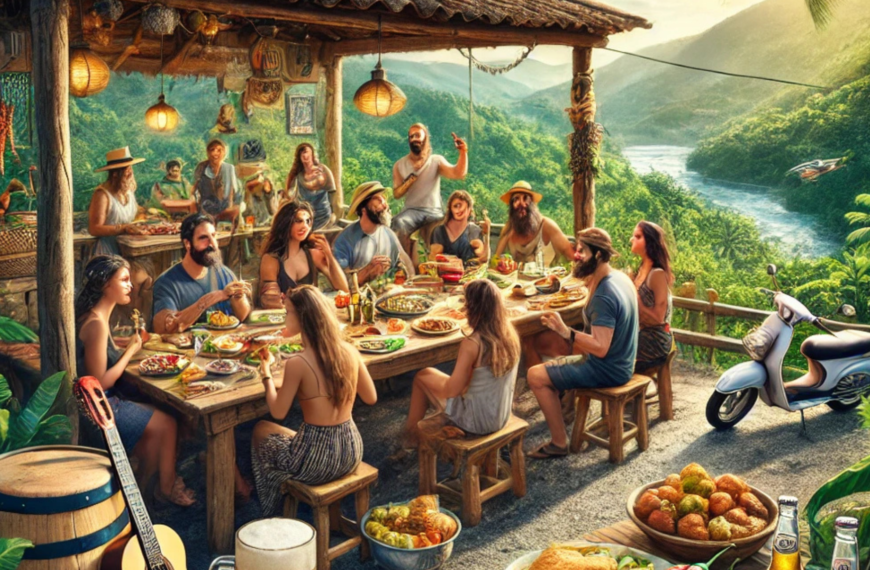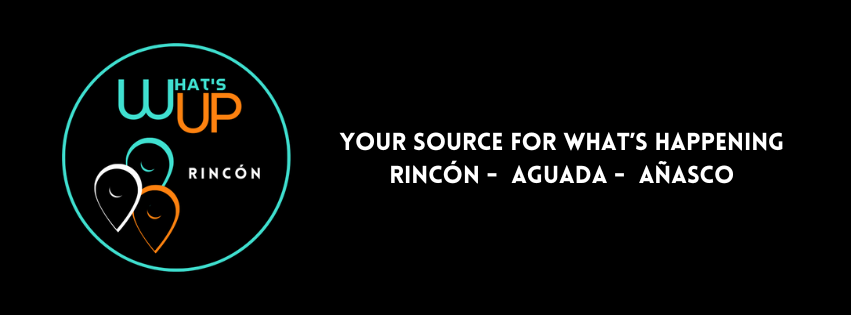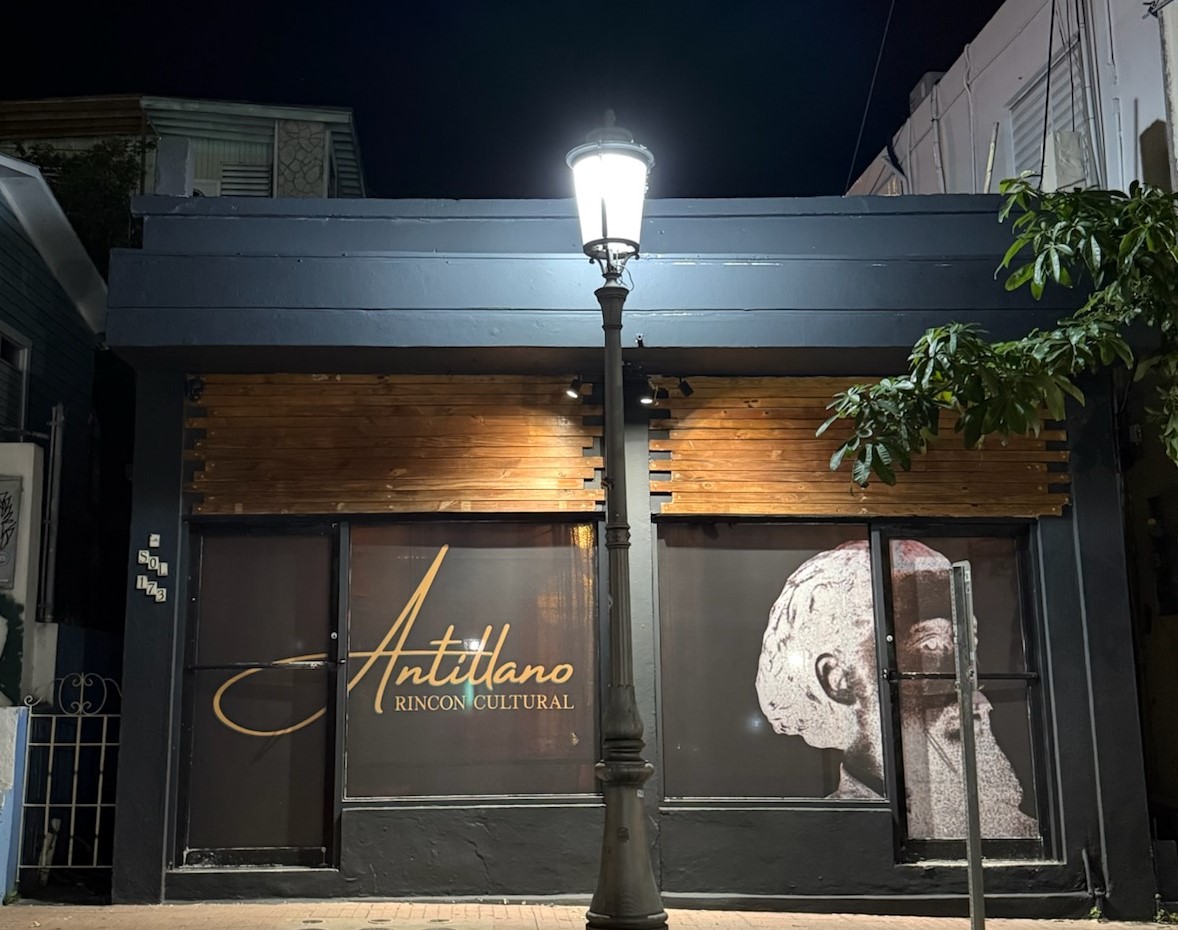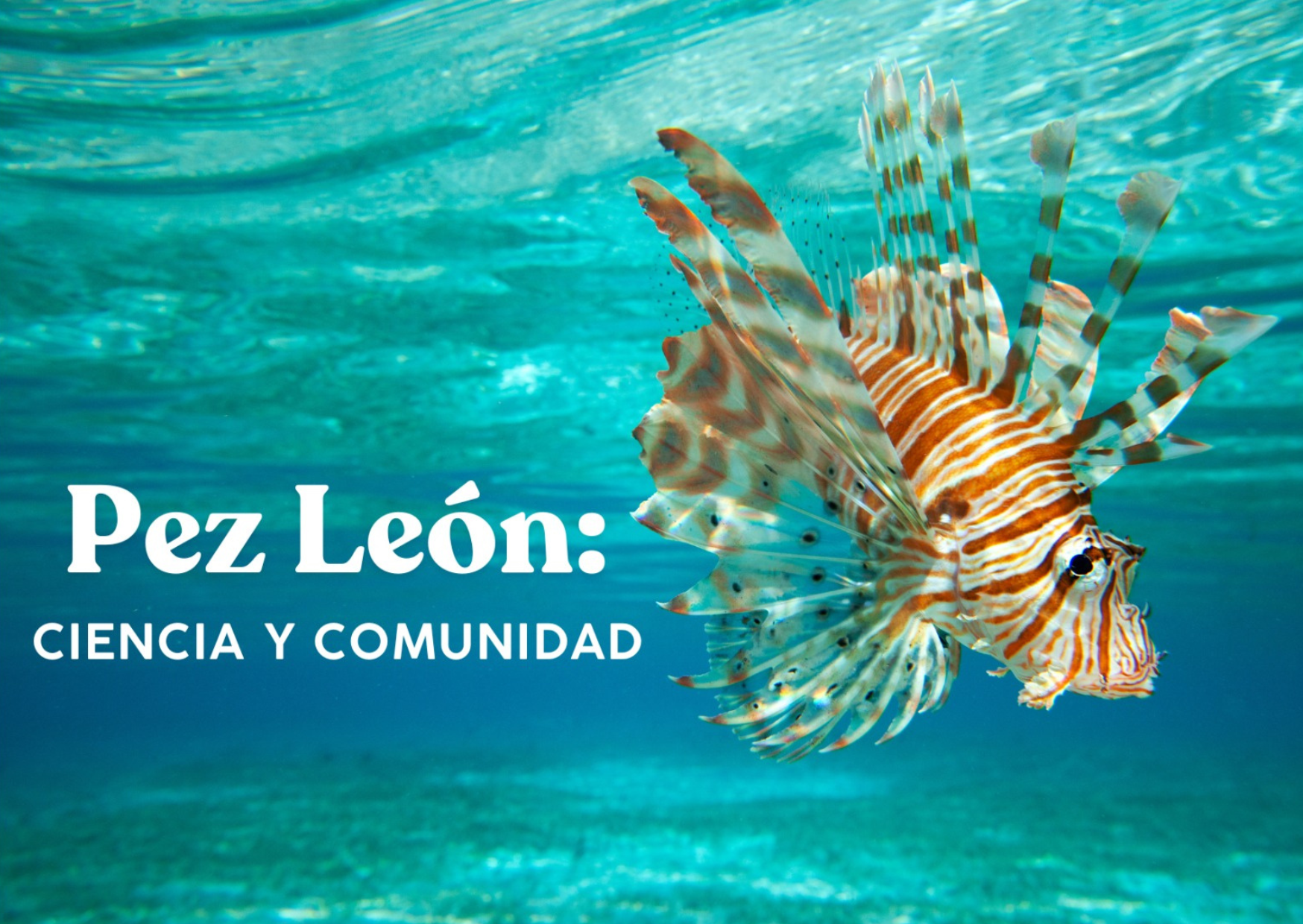
From the Fields to the Fiesta: The History of Puerto Rican Chinchorreo
For many Puerto Ricans, chinchorreo is a way of life—a joyous tradition of hopping from one roadside chinchorro to another to enjoy food, drinks, music, and laughter with friends and family. While it’s a pastime cherished across the island, few may know the deeper history behind this beloved custom.
In Western Puerto Rico, where mountain roads and coastal views make for the perfect backdrop, chinchorreo takes on an added charm. But how did this tradition come to be?
The Origins of Chinchorreo
The tradition of chinchorreo finds its roots in Puerto Rico’s agricultural past. In rural communities, small roadside establishments called chinchorros emerged to serve affordable, home-cooked meals and drinks to workers who spent long days in the fields. These establishments were rustic and unpretentious, often family-run, and quickly became informal gathering places.
After harvesting crops or completing other labor-intensive tasks, neighbors would congregate at these local spots to relax, share stories, and enjoy traditional Puerto Rican dishes. This communal activity often featured folk music—jíbaro songs accompanied by the cuatro guitar—and sometimes even impromptu dancing.
Over time, the practice evolved. Improved roads and transportation allowed people to travel beyond their local chinchorros, and what began as a necessity for rural workers became a cherished social activity. Today, chinchorreo is no longer just about relaxing after a long workday; it’s a full-fledged celebration of Puerto Rican culture and community.
What Makes a Chinchorro Special?
At its heart, a chinchorro is a casual eatery where everyone feels welcome. Each chinchorro offers something unique, but they all share the same basic elements: delicious traditional food, cold drinks, and an atmosphere of fun and hospitality. Some of the must-try staples include:
- Alcapurrias (fried fritters stuffed with meat)
- Pinchos (grilled meat skewers)
- Empanadillas (turnovers filled with seafood, chicken, or beef)
- Mofongo (mashed plantains often paired with garlic and meat)
- Local drinks like cold Medalla beers, piña coladas, or homemade pitorro.
Many chinchorros are tucked into the mountains or along the coast, allowing you to enjoy Puerto Rico’s stunning natural landscapes while you eat and drink. In places like Western Puerto Rico, you can find hidden gems in towns like Aguada, Añasco, and Las Marías, or venture deeper into Adjuntas and Maricao for a more rustic experience.
Modern Chinchorreo
What started as a rural tradition has grown into a popular weekend activity for Puerto Ricans of all ages. Groups of friends and families pile into cars or jeeps, mapping out routes that include multiple chinchorros. The group grows livelier with every stop, sharing laughter, snapping photos, and enjoying live music or karaoke.
Western Puerto Rico offers countless opportunities for chinchorreo. Whether you’re winding through mountain roads or following the coastal highways, there’s always a new chinchorro to discover. And while the food and drinks are a big part of the experience, the real joy comes from spending time with your loved ones, celebrating Puerto Rican culture, and creating lasting memories.
Keeping the Tradition Alive
As chinchorreo continues to evolve, it’s important to remember its roots. What started as a humble gathering of rural workers has become a vibrant expression of Puerto Rican identity. By supporting local chinchorros and exploring the rich history of this tradition, we keep the spirit of chinchorreo alive for future generations.
So next time you plan a chinchorreo route, take a moment to reflect on its origins and what it represents. And if you’re lucky enough to call Western Puerto Rico home, you already know that the best chinchorreo spots are right in your backyard.
Let’s keep the tradition alive—one alcapurria, one Medalla, and one road trip at a time!
Which is your favorite chinchorro? Check out our Readers’ Choice winner and nominees.



